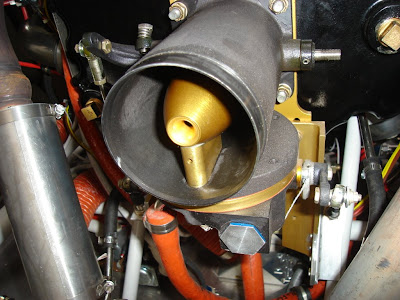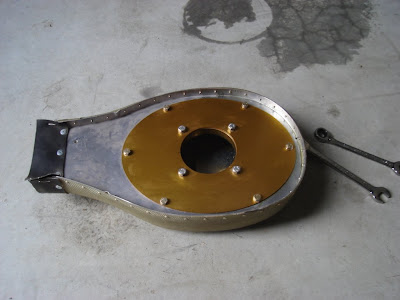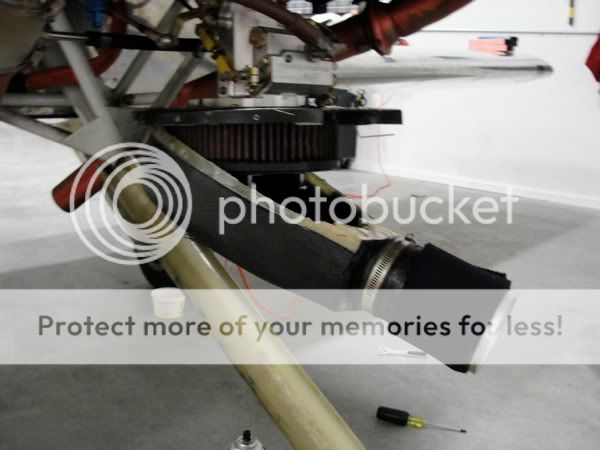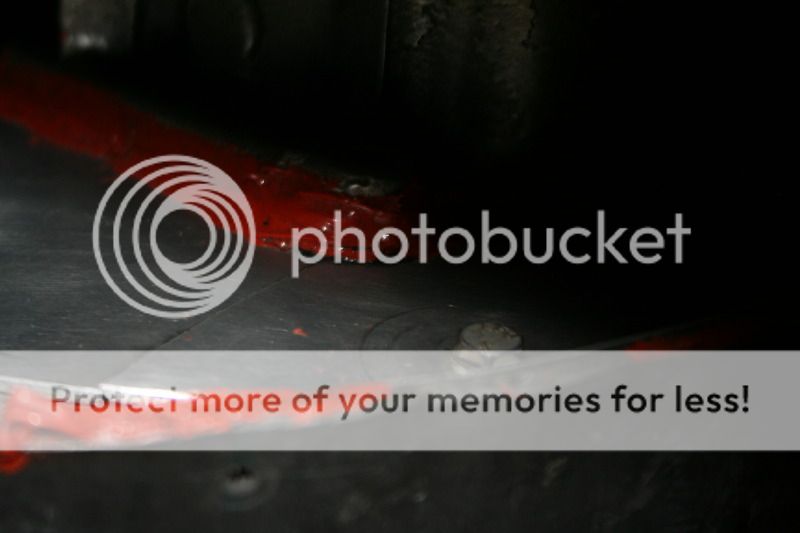JordanGrant
Well Known Member
For posterity:
While doing my annual, discovered that the mounting plate for my FAB had cracked all the way around. The filter had also rubbed clear through, splitting the fiberglass of the FAB. (This is an Airflow Performance fuel injected version). Whilst taking the FAB off, I also found that the four bolts that hold the mounting plate to the compression ring were loose. Either (A) they vibrated loose or (B) I forgot to tighten them at the last annual. I think (B) is more likely, and the following pictures show you what happens when you let the FAB vibrate too much by not mounting it up tightly:
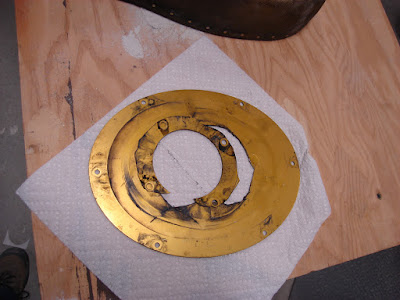
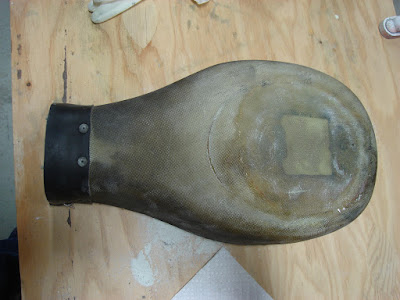
While doing my annual, discovered that the mounting plate for my FAB had cracked all the way around. The filter had also rubbed clear through, splitting the fiberglass of the FAB. (This is an Airflow Performance fuel injected version). Whilst taking the FAB off, I also found that the four bolts that hold the mounting plate to the compression ring were loose. Either (A) they vibrated loose or (B) I forgot to tighten them at the last annual. I think (B) is more likely, and the following pictures show you what happens when you let the FAB vibrate too much by not mounting it up tightly:






